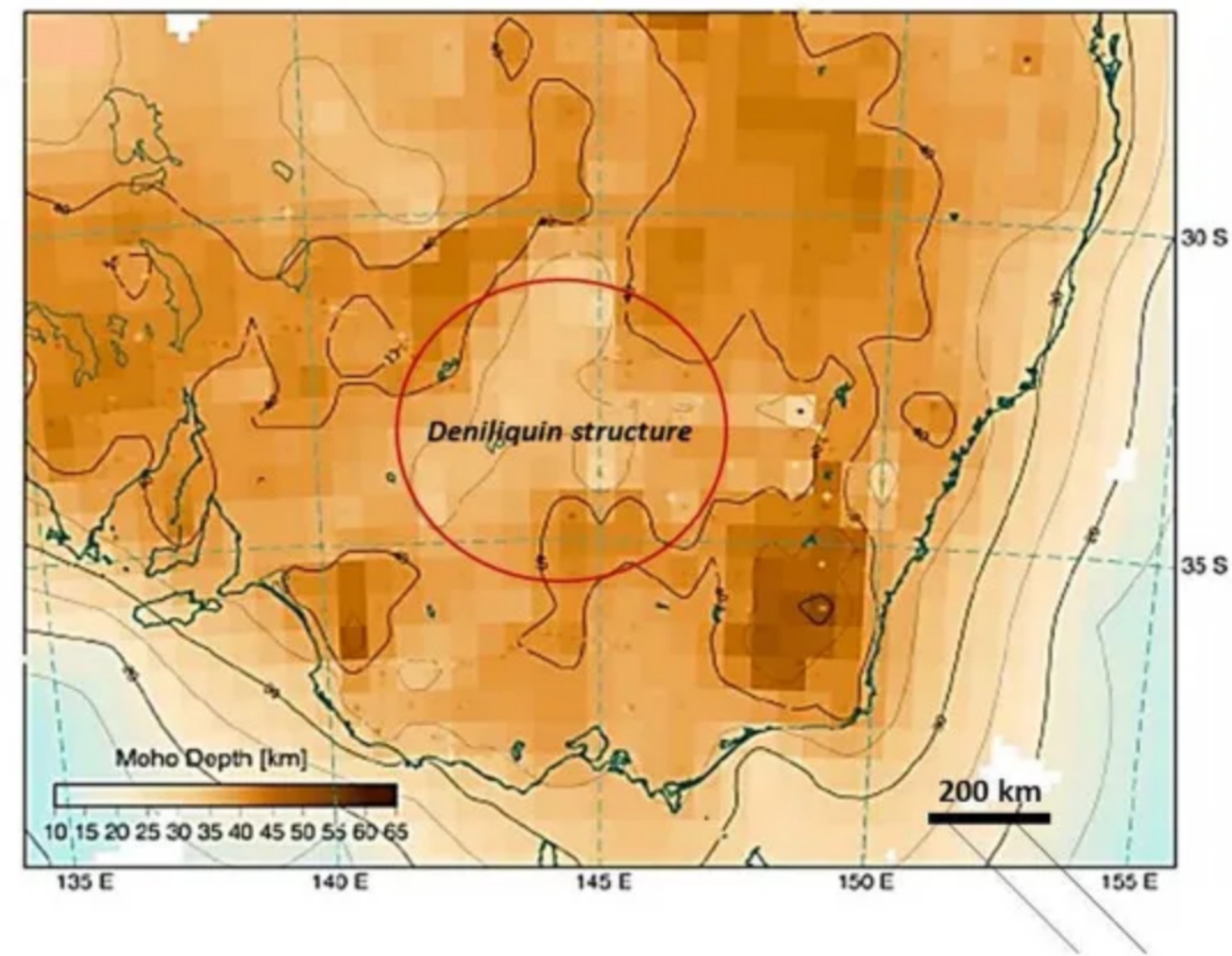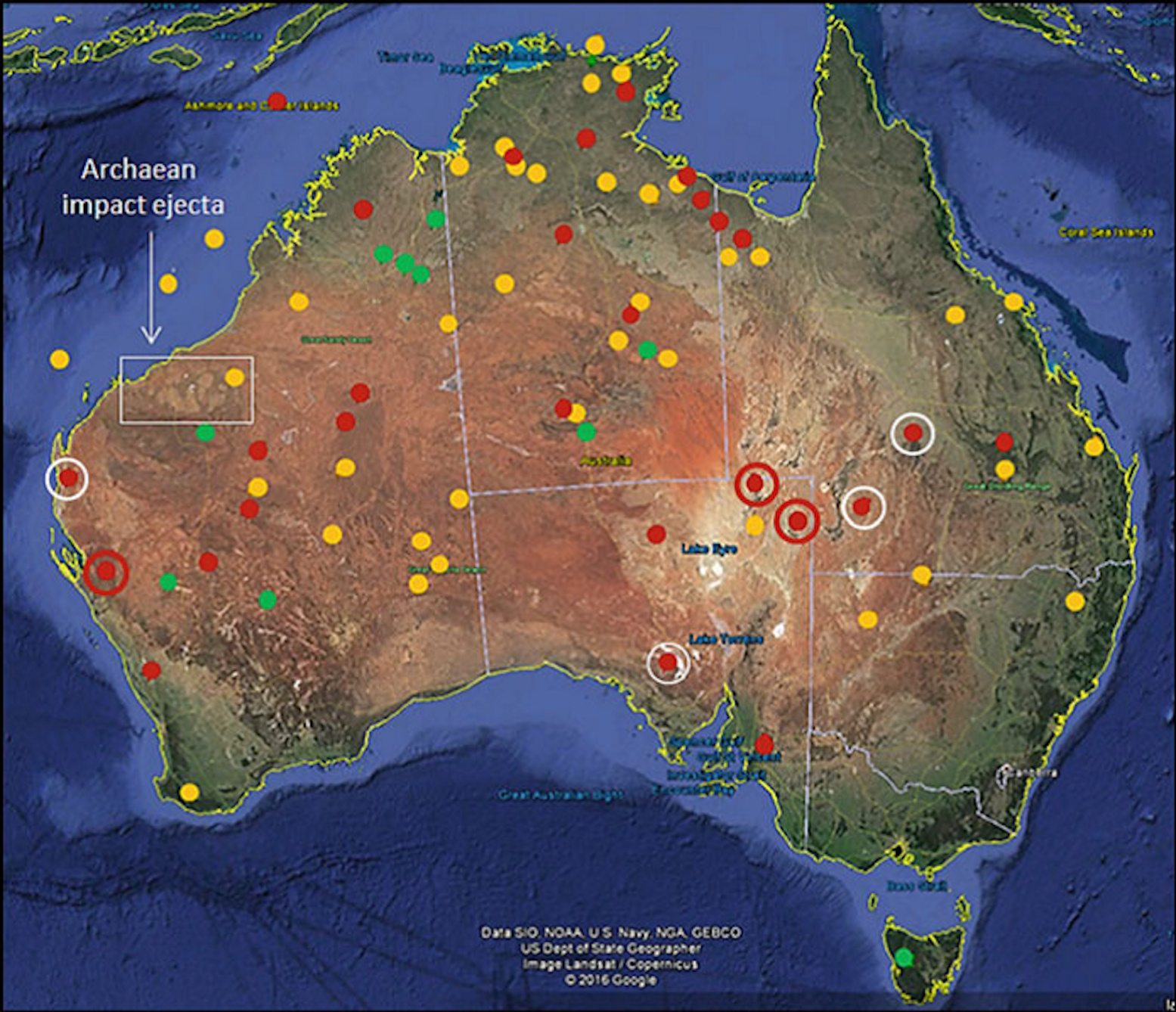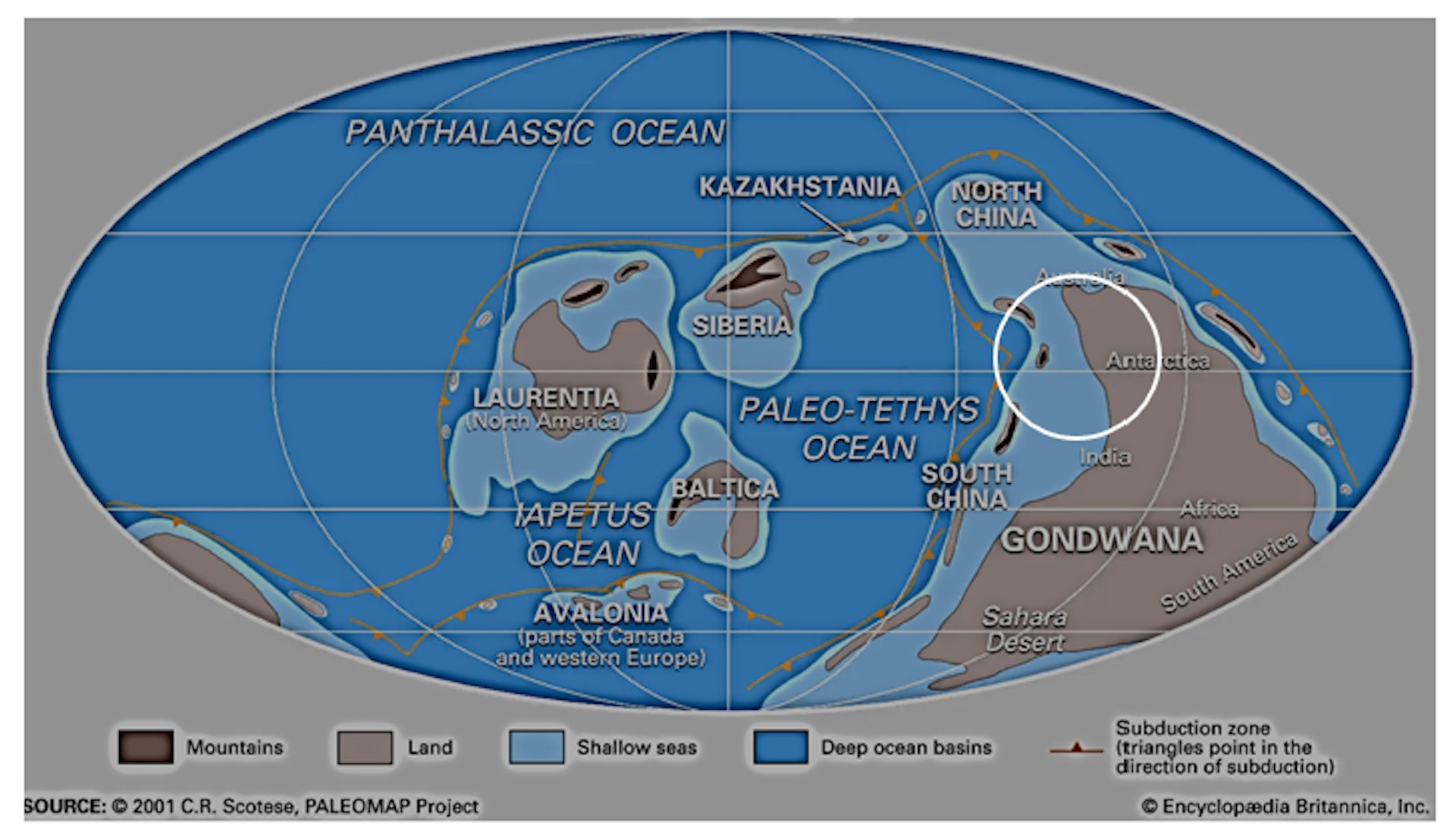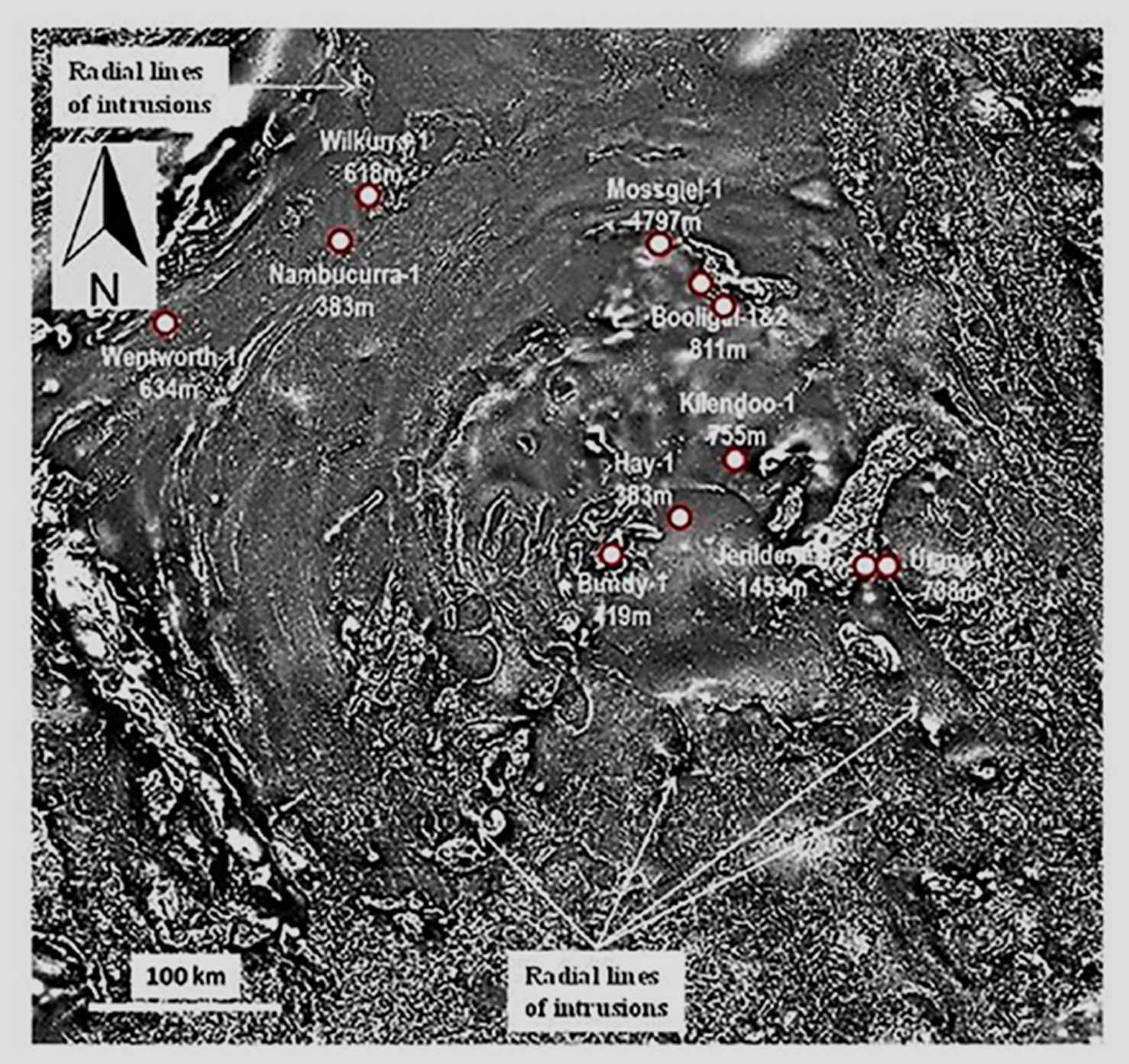In the vast expanse of Earth’s history, cataclysmic events have shaped our planet in profound ways. Among these, asteroid impacts have left lasting imprints on the Earth’s surface, often hidden beneath layers of time. Recent research conducted by a team of Australian researchers has unveiled startling evidence of a colossal impact structure buried deep in southeastern Australia – the Deniliquin Impact Structure.
The Deniliquin Impact Structure, with an estimated diameter of around 1,000 kilometers, is believed to be the largest known asteroid impact structure on Earth. This astonishing finding emerged from a study conducted by a team of Australian researchers who employed an innovative technique called gravity gradiometry. By measuring variations in gravity, they mapped the density of rocks underlying the surface, which led to the identification of the structure.

The enigmatic Deniliquin Structure
Surrounded by a ring of hills, the Deniliquin Structure bears the hallmarks of an impact event. Its creation is attributed to an asteroid impact that occurred approximately 445 million years ago during the Late Ordovician period. The impact’s colossal force caused the ground to rebound, forming the distinctive ring of hills that encircle the structure.

The Earth’s historic catastrophe
The discovery of the Deniliquin Impact Structure holds immense significance for several reasons. Not only is it the largest known impact structure on Earth, but it is also the first of its kind found in southeastern Australia. Furthermore, scientists speculate that the impact event responsible for the structure may have played a role in the Late Ordovician mass extinction event, a cataclysmic event that wiped out a significant portion of Earth’s species. It was the first of the “big five” major mass extinction events in Earth’s history.
The impact’s devastating power
The Deniliquin impact is estimated to have released an astounding energy equivalent to 100 billion megatons of TNT. This magnitude is a staggering 100 million times more powerful than the largest nuclear bomb ever detonated. The catastrophic aftermath of the impact would have unleashed a series of calamities, including global tsunamis, widespread wildfires, and a dense dust cloud that could have shrouded the Earth, blocking out sunlight for months or even years. These dire consequences parallel the devastation seen in the Late Ordovician mass extinction event.

A window into Earth’s past and future
The Deniliquin Impact Structure provides a unique opportunity to gain insights into Earth’s ancient history and the impact events that have shaped our planet. By studying the structure’s size, age, and composition, scientists hope to unravel the mysteries surrounding its formation and its potential role in Earth’s geological and biological evolution.
While the discovery of the Deniliquin Impact Structure highlights the destructive power of asteroid impacts, it also underscores the importance of understanding and mitigating the risks associated with such events. By further studying these objects and developing strategies to detect and divert potentially hazardous asteroids, scientists strive to safeguard life on Earth from the catastrophic consequences of future impacts.

Therefore, the revelation of the Deniliquin Impact Structure has set the stage for further exploration and research. Scientists aim to gather physical evidence through deep drilling into the structure, enabling them to confirm its impact origin conclusively. Additionally, the analysis of extracted material from the structure’s magnetic center will provide crucial insights into its exact age and composition.
A reminder of Earth’s fragility
The Deniliquin Impact Structure serves as a striking reminder of Earth’s fragility and the ongoing threat posed by asteroid impacts. As we continue to explore and understand our planet’s past, it is imperative that we strive to develop robust strategies and technologies to detect, track, and potentially deflect incoming asteroids, ensuring the long-term survival of life on Earth.




